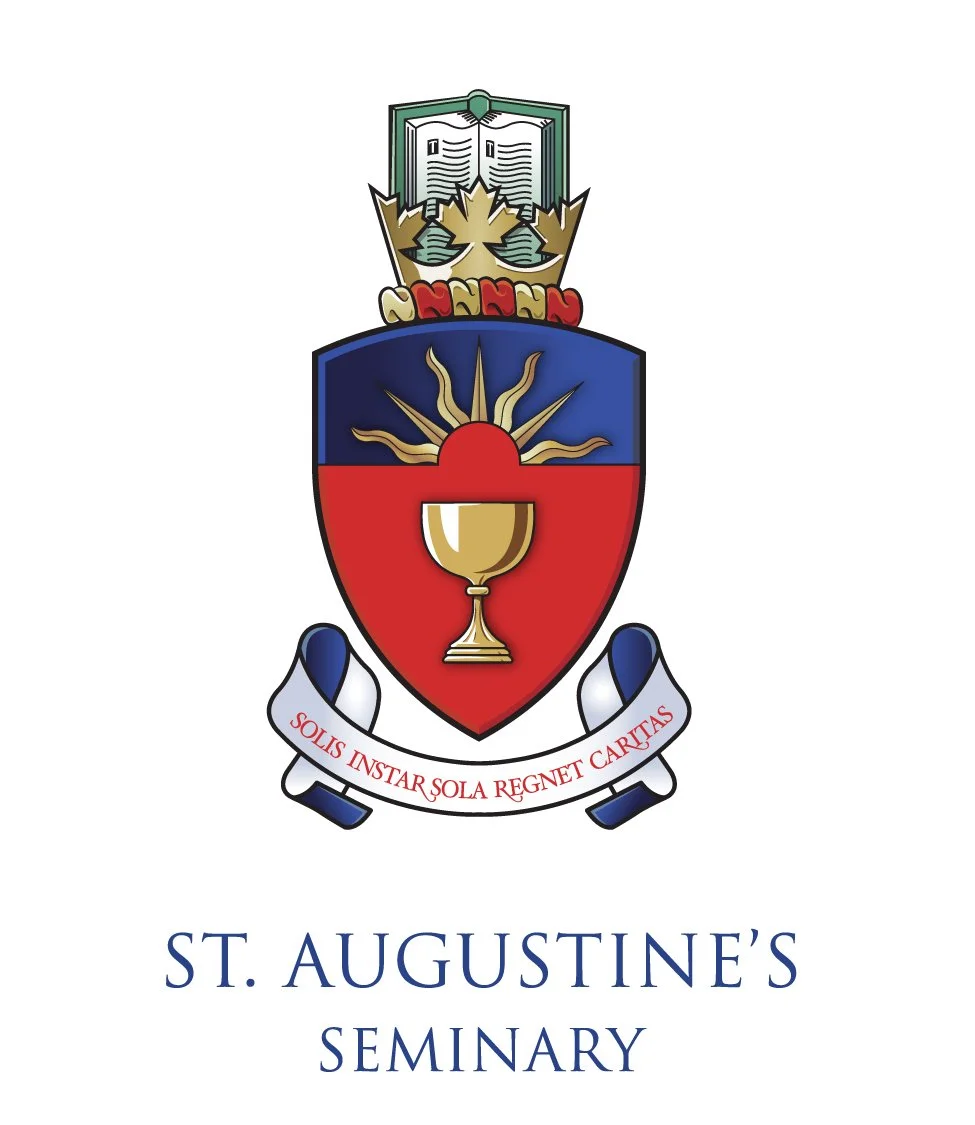How Does a Priest or Deacon Preach to Diverse Congregations?
Written by Deacon Peter Lovrick
Pope Francis speaking to liturgical directors on January 20 of this year, stated that homilies are “sacramentals” which are meant to be “prepared in prayer.” The reality, the Holy Father lamented, is somewhat different. “In general,” he observed, “the homilies are a disaster.” Pope Francis has held this view for some time. In Evangelii Gaudium (2013), which dedicated over 24 sections to preaching, he stated rather bluntly that although the faithful put great emphasis on good preaching, “both they and their ordained ministers suffer because of homilies: the laity from having to listen to them and the clergy from having to preach them! “ (135).
The current Holy Father is not alone in this assessment. Cardinal Joseph Ratzinger, before becoming Pope Benedict XVI, did not mince words stating that modern preaching was in crisis. Pope Benedict’s apostolic exhortation, Sacramentum Caritatis, in decidedly understated terms, wrote “given the importance of the word of God, the quality of homilies needs to be improved” (209). He was later to call for The Homiletic Directory, which would present a clear theology of preaching along with homily resources for clerics. The Homiletic Directory provides clear guidelines of what the Church wants, and perhaps just as important, what the Church does not want, from its preachers. It calls for a preaching solidly rooted in the Scriptures of the Mass, fully integrated with the liturgy, has a tailored word for a specific congregation, and is an act of worship. In particular, it calls for concrete rather than abstract preaching, not “simply an exercise in biblical exegesis” nor a catechetical instruction, or taken up with the preacher’s personal witness. These things can be elements of a homily supporting the message that arises from that particular liturgy, but they are not meant to be the homily. As the Directory puts it, “like fire, all of these things make good servants but poor masters: if they serve the purpose of the homily, they are good; if they take the place of the homily, they are not.” (7)
Pope Francis reiterated this vision of the homily on January 20 when he stressed that a homily was not meant to be a conference, or a lesson in philosophy. Evangelii Gaudium encourages a preacher “to keep his ear to the people and to discover what it is the faithful need to hear.”(154). Pope Benedict was just as specific when explaining why he thought homilies were in crisis.
The crisis in Christian preaching, which we have experienced in growing proportions for a century, is based in no small part on the fact that the Christian answers have ignored man’s questions; they were and remain right, but because they were not developed from and within the question , they remain ineffective (Dogma and Preaching, 77).
But how does a preacher address different congregations and determine the questions that need answering?
This year’s St Augustine’s preaching conference on June 8 and 9 has invited notable preachers to share insights and approaches for preaching to young adults, the unchurched at funerals and weddings, the sick and dying, families, and to those whose only connection with the Church is through social media. The presentations, Q and A sessions, address by the Papal Nuncio, concerts, vendor resources, and interaction with other preachers are an opportunity to develop and refine good preaching practice. The 2023 Preaching Conference is open to all clergy and laity.
If you have any questions, please get in touch with our Event Coordinator, Chère MacLean at chere.maclean@utoronto.ca.
Registration is open: https://staugustines.on.ca/events-listing/preachingconference2023.


